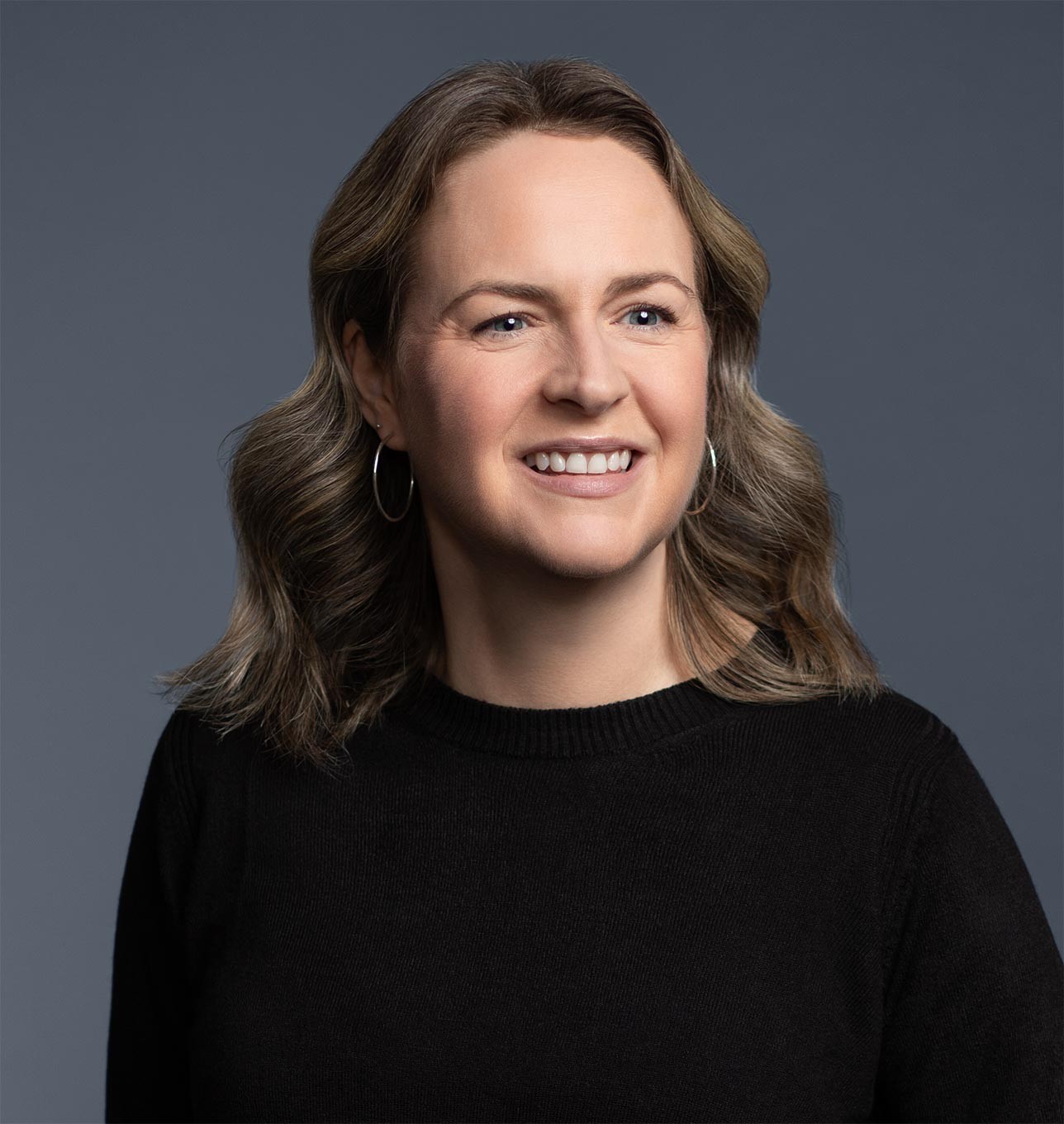"Game-Changing" Pensions Reform – The Pension Schemes Bill is Published
The long-awaited Pension Schemes Bill has been laid before Parliament. Described by the government as a "game changer", it aims to increase members' pension pots and deliver a £50 billion investment into the UK economy. The Bill's provisions are wide-ranging and represent the most significant reform to the UK pensions landscape in a decade.
The government has published accompanying explanatory notes and a roadmap setting out its overarching aims for its reforms to workplace pensions, as well as the indicative timing for the implementation of the Bill.
Ongoing DB schemes – release of surplus
Trustees of ongoing DB schemes will be given the power to modify their scheme rules by resolution to:
- Where the trustees do not have a power to make surplus payments to the employer, give the trustees such a power.
- Where the trustees already have a power under their scheme rules to make surplus payments to the employer, remove or relax any restriction imposed by the rules on the exercise of that power.
The requirement to have passed a resolution by 5 April 2016 preserving any trustee power to make surplus payments to the employer will be repealed.
The statutory requirements that must be met in order for a surplus payment to be made to an employer will be modified. The detail of the modifications will be set out in regulations (which have not yet been published), but the government has already confirmed that they will include:
- Reducing the funding threshold which must be met in order for a surplus payment to be made, from full funding on the buy-out basis to full funding on the low dependency funding basis.
- Amending the requirement for the surplus payment to be in members' interests, to make it clear that trustees must act in accordance with their overarching fiduciary duties to scheme beneficiaries, which will remain unchanged.
The changes are expected to come into force in 2027. For more information on the changes to the DB surplus regime, please see our legal update.
DC schemes – value for money (VFM) framework
A new VFM framework for DC schemes (including DC sections of hybrid schemes) will be introduced. Under the new framework, DC schemes will be required to disclose, assess and compare the VFM that they provide. Schemes will be required to report publicly on a range of metrics and to use this data to assess the VFM that they offer when compared to the market. The full detail of the framework will be set out in regulations (which have not yet been published), but the metrics are expected to cover investment performance, costs and charges, and quality of services.
Following the assessment, schemes will be required to assign their scheme one of the following ratings and disclose that rating:
- A "fully delivering" rating – the scheme provides VFM.
- A "not delivering" rating – the scheme does not provide VFM, and one of three statutory conditions are met. These include that the trustees believe there is no realistic prospect of the scheme delivering VFM within a reasonable period.
- An intermediate rating – the scheme does not provide VFM, but none of the three statutory conditions that require assignment of a "not delivering" rating are met.
Where a scheme is assigned a "not delivering" rating, the trustees must prepare an action plan setting out (a) their assessment of whether a transfer to another scheme would result in members receiving improved VFM, and (b) their proposed steps to improve the VFM received by members. The plan must be sent to the Pensions Regulator (TPR). The trustees must also close the scheme to new employers.
Where a scheme is assigned an intermediate rating, the trustees may be required to prepare either an action plan as described above or a plan setting out their proposed steps to improve the VFM provided by the scheme, and send the plan to TPR. They may also be required to close the scheme to new employers for as long as the scheme retains an intermediate rating.
Schemes with an intermediate or "not delivering" rating will also be required to notify the employers of the scheme’s rating and any action that they think it is appropriate for the employers to take.
TPR will be given powers, among other things, to:
- Substitute a scheme's VFM rating where it does not consider that the rating assigned by the trustees is correct.
- Appoint a trustee to a scheme with an intermediate or "not delivering" rating to ensure that the trustees as a whole have the skills and knowledge necessary to improve the scheme's VFM.
- Require the trustees of a scheme with a "not delivering" rating to transfer the members to another scheme where TPR considers that the measures proposed in the trustees' action plan are unlikely to result in a substantial improvement in VFM and that the transfer would result in the members receiving improved long-term VFM.
- Wind up a scheme where it has a "not delivering" rating and TPR is satisfied that the scheme is not capable of providing VFM.
The intention is that the new framework will ultimately replace both the current value for members requirements that apply to all DC schemes and the more detailed value for members requirements that were introduced in October 2021 for DC schemes with less than £100 million in assets. The first disclosures under the framework are expected to be required in 2028.
DC schemes – consolidation of small pots
An automatic consolidation system will be introduced for small deferred DC pots. Under the system:
- Automatic enrolment schemes will be required to identify eligible deferred pots that they are holding and send details of the relevant members to a small pots data platform (SPDP). To be eligible, a pot must (among other things) have been deferred for at least 12 months and have a value of £1,000 or less.
- The SPDP will be required to notify the scheme of:
- A default consolidator scheme to which the SPDP proposes the pot should be transferred.
- One or more alternative consolidator schemes to which the pot could be transferred.
- The scheme will then be required to send a transfer notice to the member stating:
- The default consolidator scheme to which it is proposed that the pot is transferred.
- The alternative consolidator scheme(s) to which the pot could be transferred.
- That, if the member does not respond to the notice, the pot will be transferred to the default consolidator scheme.
- That, if the member does not wish the pot to be transferred to the default consolidator scheme, they should respond to the notice stating whether they want the pot to be transferred to an alternative consolidator scheme or retained in the scheme.
- If the member does not respond to the notice, the trustees must transfer the pot to the default consolidator scheme. If the member does respond to the notice and asks for the pot to be transferred to an alternative consolidator scheme, the trustees must transfer the pot to that scheme. The statutory requirement to transfer the pot will override any provisions to the contrary (including a requirement for member consent) in the scheme rules.
Consolidator schemes will require authorisation from TPR (for trust-based schemes) or the Financial Conduct Authority (for contract-based schemes). Where trust-based schemes are concerned, only authorised DC master trusts will be able to apply for authorisation as a consolidator scheme. The consolidation system is expected to come into force in 2030.
DC schemes – default retirement solutions
Trustees of DC schemes (including DC sections of hybrid schemes) will be required to design and offer one or more default retirement solutions, and from time to time review the design and number of those solutions. The solution(s) must be designed to provide a regular retirement income for members of the scheme generally, or a subset of those members. In determining what default retirement solution(s) to make available, trustees must take account of:
- The needs and interests of the scheme’s membership as a whole, and any subset of the scheme’s membership that they consider appropriate.
- The circumstances of different members of the scheme (such as their normal pension ages or the expected value of their DC benefits).
- The possibility that a member may already have received some of their benefits (for example as a lump sum) before deciding to use a default retirement solution.
Trustees will be required to provide information to members about the scheme's default retirement solution(s). Such communications must be in clear and plain language.
Trustees will also be required to prepare, from time to time review, and publish a strategy for ensuring that, among other things, they:
- Identify and carry out the steps necessary to understand members' needs in relation to default retirement solutions.
- Design default retirement solutions that take account of those needs.
The requirements are expected to come into force in 2027 for authorised DC master trusts and in 2028 for all other DC trust-based schemes and group personal pension schemes (GPPs).
Other reforms
The Bill also provides for:
- Creation of DC megafunds by imposition of scale requirements for default arrangements in authorised DC master trusts and GPPs being used for automatic enrolment. The Bill also gives the government power to impose minimum asset allocation requirements in relation to default arrangements in authorised DC master trusts and GPPs. Schemes will be required to obtain approval from TPR (for authorised DC master trusts) or the Financial Conduct Authority (for GPPs) that the scale requirements (and, if imposed, the asset allocation requirements) are met. For more information on the creation of DC megafunds, please see our legal update.
- An authorisation and supervision regime for DB superfunds.
- The Pensions Ombudsman to be able to make enforceable determinations in pensions overpayment recoupment cases.
- Removal of the restrictions that prevent the Pension Protection Fund (PPF) from reducing the PPF levy below £100 million.
- Reforms to investment management in the Local Government Pension Scheme in England and Wales.
What does the Bill mean for trustees and employers?
DC schemes
The Bill will impose significant new obligations on trustees of DC schemes. While the indicative timeline for implementation of the reforms suggests that they will not come into force imminently, the scale of the changes for DC schemes means that trustees of such schemes should monitor the Bill's progress closely and start now to factor the reforms into their longer-term scheme planning.
DB schemes
The Bill will also create new options for trustees and employers of DB schemes in relation to use of surplus and endgame options. Trustees and employers of such schemes should likewise monitor the Bill's progress and take those new options into account when setting their scheme's long-term objective and planning how to reach it. TPR has recently published guidance on endgame options, including use of surplus – for more information, please see our legal update.



